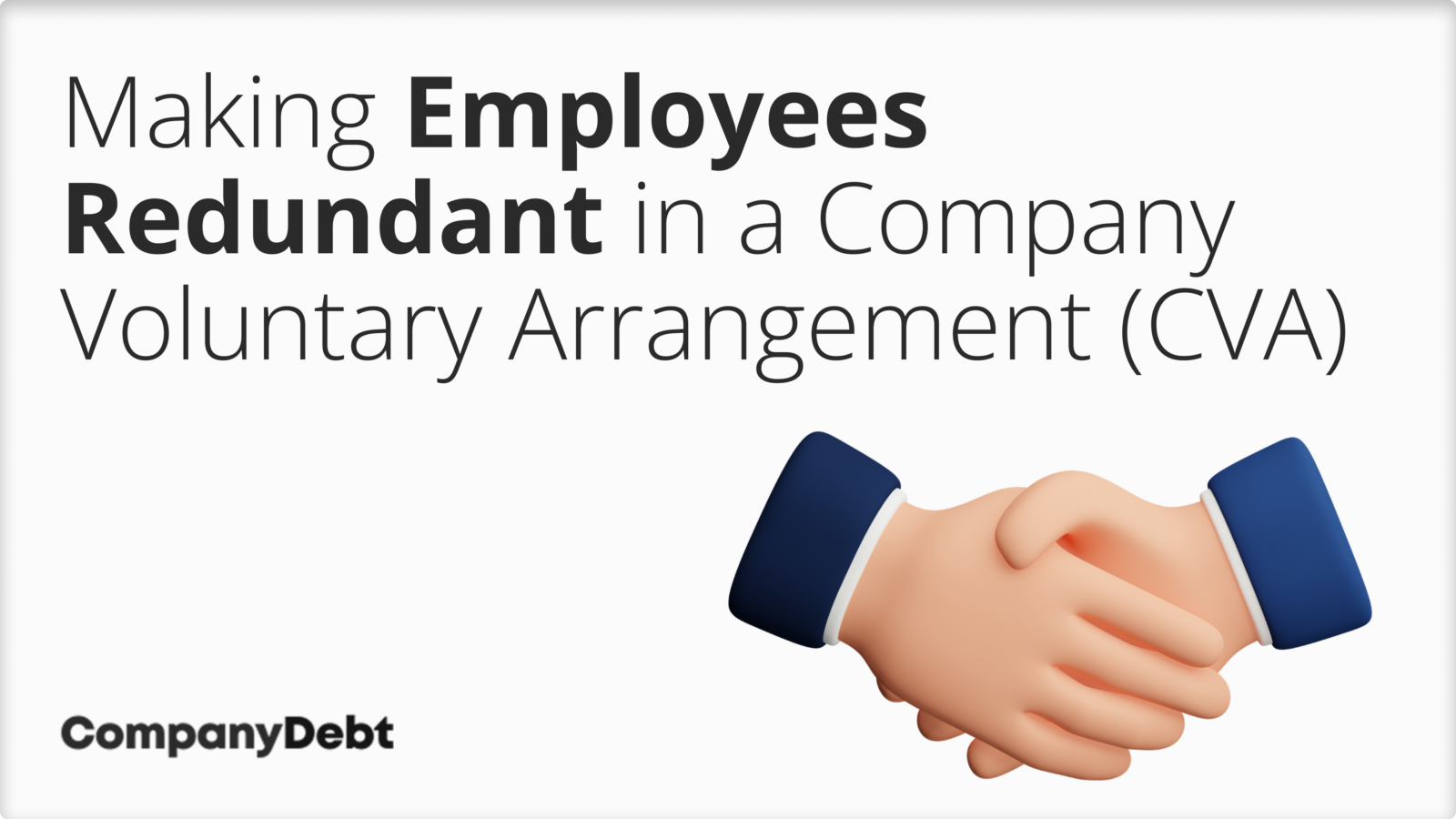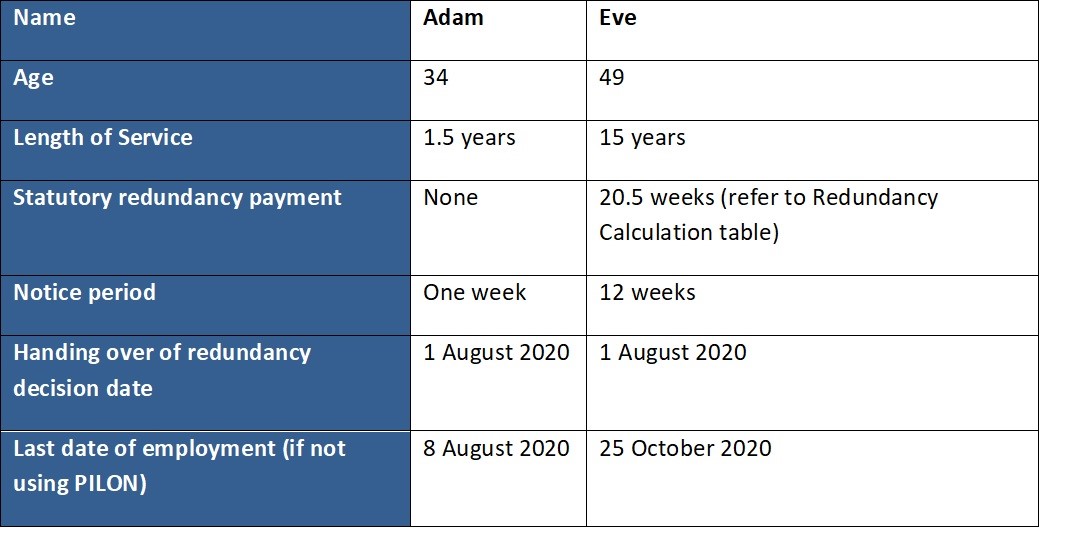Who Pays Redundancy Money? A Thorough Overview for Companies and Employees
Wiki Article
Examining the Interaction Between Firm Redundancy and Organizational Flexibility for Future Growth
In the vibrant landscape of today's company globe, the detailed partnership between firm redundancy and organizational adaptability emerges as a critical variable for sustained development and success. Business frequently encounter the obstacle of striking a fragile balance between preserving a level of redundancy to alleviate dangers and cultivating flexibility to react swiftly to the ever-evolving market demands.Value of Firm Redundancy
Firm redundancy is a critical component that boosts business strength and minimizes functional dangers. By including redundancy procedures within the business framework, companies can better withstand unforeseen disruptions and fluctuations in the service setting. Redundancy functions as a tactical barrier, enabling companies to adjust and respond efficiently to unexpected challenges without endangering crucial procedures.One secret aspect of the importance of firm redundancy is its duty in making sure continuity during times of dilemma. When encountered with unexpected changes or emergency situations, redundant systems, resources, or personnel can tip in to preserve crucial features and stop widespread disturbances. This continuity not only safeguards the firm's track record and customer trust fund however also lessens financial losses and functional downtime.

Strategies for Organizational Adaptability

Developing versatile organizational structures that permit for fast modifications to market dynamics and client requirements is necessary for staying competitive in a swiftly progressing atmosphere. By proactively identifying possible interruptions and opportunities, companies can proactively grow and adjust in an ever-changing company landscape.
Harmonizing Redundancy and Versatility
Achieving a harmonious stability between operational redundancy and organizational flexibility is critical in browsing the intricacies of a dynamic company setting. Striking the right equilibrium between redundancy and versatility is a fragile procedure that calls for a deep understanding of the organization's goals, market characteristics, and threat resistance.To accomplish this equilibrium, business require to conduct routine analyses of their procedures to identify areas where redundancy is required for threat mitigation and where adaptability can drive development and development. Applying versatile structures, promoting a society of constant knowing and renovation, and encouraging open interaction throughout all degrees of the organization are crucial methods to harmonize redundancy and versatility successfully. By lining up these two critical elements, firms can place themselves for sustainable growth and success in an ever-changing organization landscape.
Study on Adaptation Success
In analyzing instances of effective business adjustment, it comes to be noticeable that the interaction in between functional redundancy and flexibility is a specifying aspect in forming resistant organizations. A DVD rental solution, Netflix showed impressive flexibility by transitioning right into a streaming system when digitalization interfered with the sector. These instance researches emphasize the importance of operational redundancy combined with organizational adaptability in cultivating lasting growth and competition.Structure Durability for Future Development
Structure durability for future development needs a tactical alignment of operational processes with market characteristics and arising trends. Firms should adjust Visit This Link to changing settings by fostering a culture of flexibility, advancement, and continuous enhancement.Moreover, fostering strong partnerships with stakeholders, such as clients, staff members, suppliers, and the neighborhood, is important for preserving and weathering unpredictabilities trust and support throughout turbulent times. Efficient interaction and transparency play an important duty in building resilience, as they assist align expectations and assist in partnership in browsing unpredictabilities.
Furthermore, organizations need to focus on understanding and growth initiatives to upskill workers and outfit Get More Info them with the essential tools to adapt to changing situations. By buying their labor force, firms can boost their flexibility and agility, ultimately reinforcing their strength for lasting future growth.
Conclusion

In the dynamic landscape of today's organization world, the complex partnership between company redundancy and business adaptability emerges as a vital variable for sustained development and success. Firms typically deal with the difficulty of striking a fragile balance between preserving a degree of redundancy to mitigate risks and cultivating adaptability to respond quickly to the ever-evolving market needs.To accomplish this equilibrium, firms need to carry out normal analyses of their operations to identify areas where redundancy is required for danger reduction and where flexibility can drive technology and development.In conclusion, the interplay between company his response redundancy and organizational flexibility is crucial for future growth. Building resilience through a combination of redundancy and adaptability will ensure that companies are prepared for the challenges of the future.
Report this wiki page